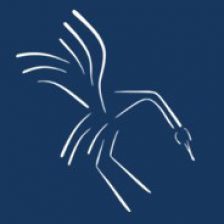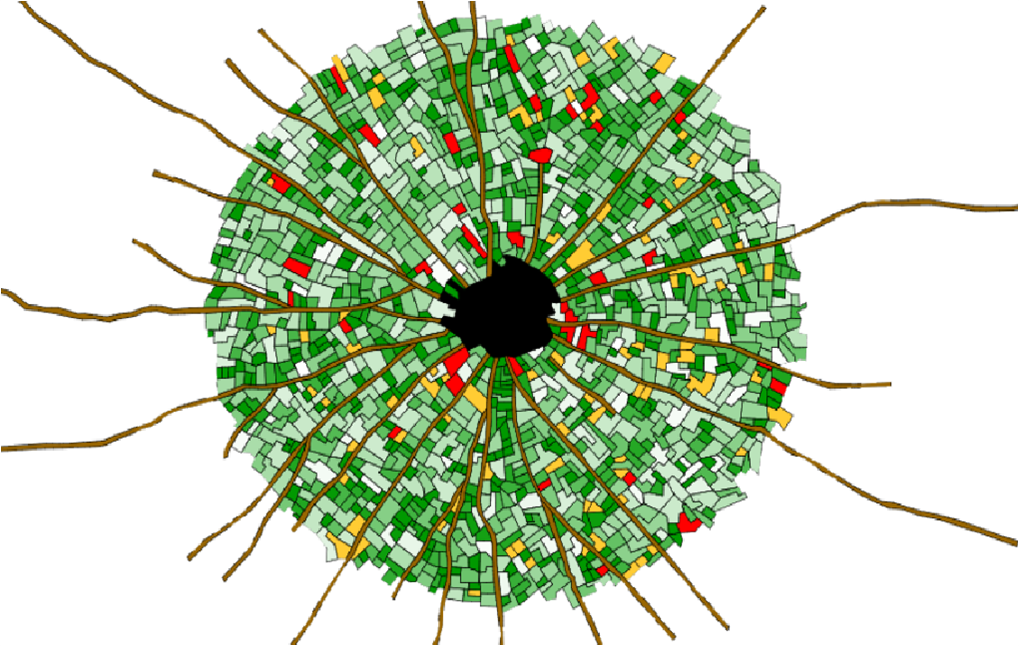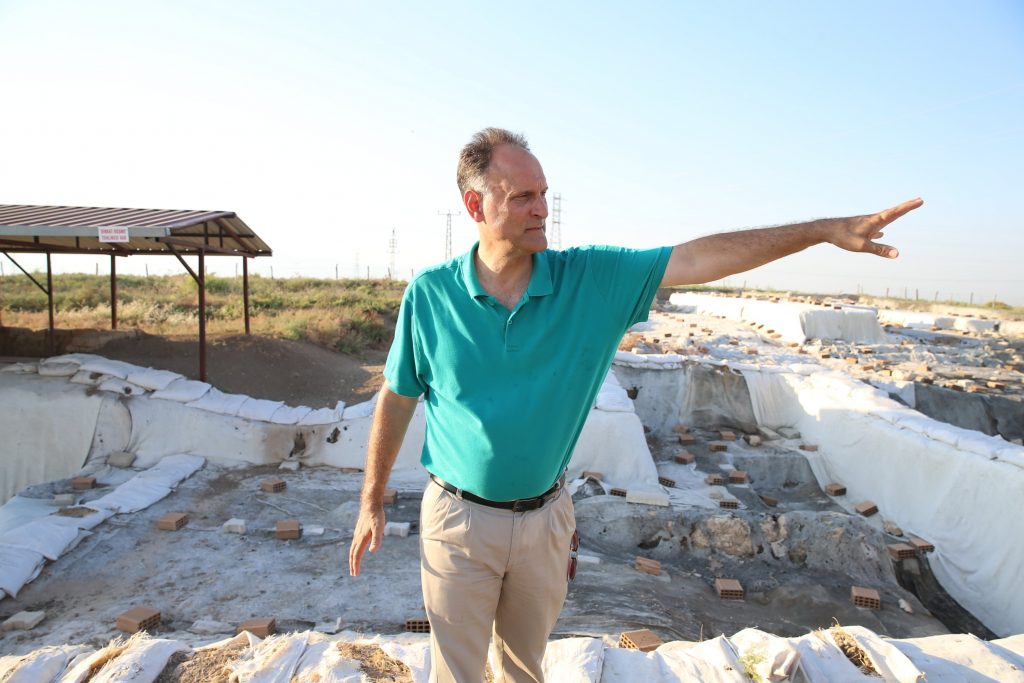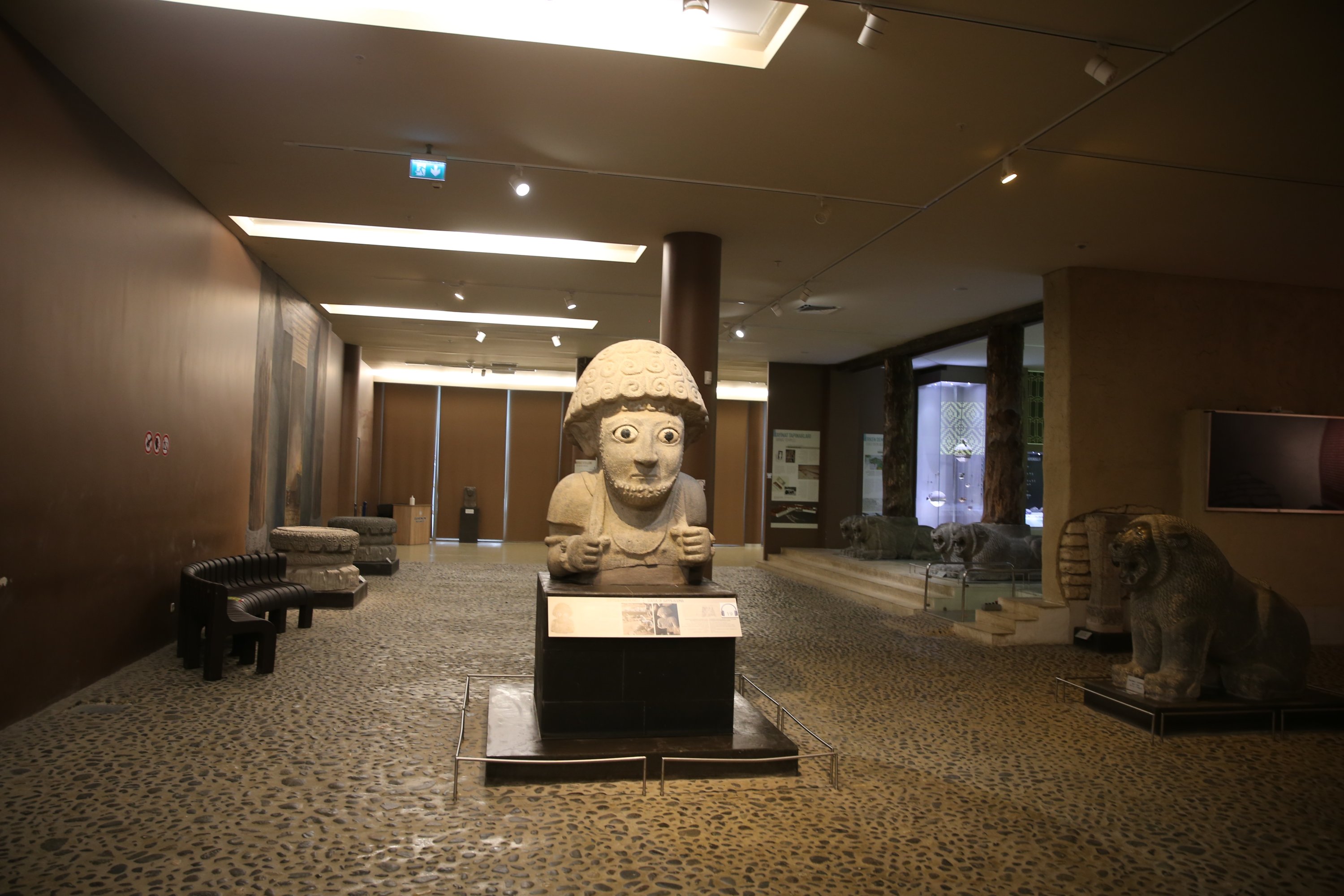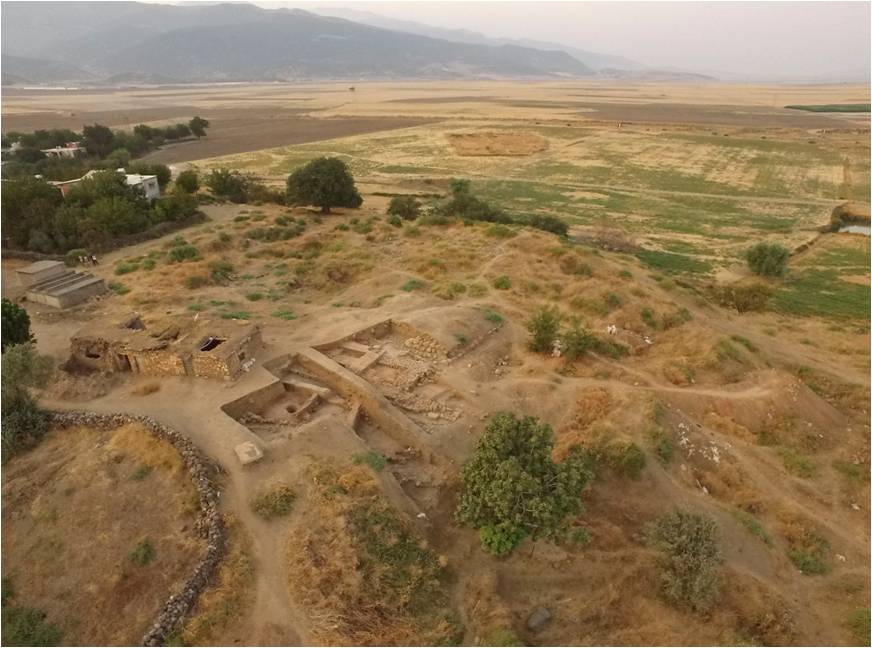Announcement by Sandra Schloen (Manager, OCHRE Data Service):
As University of Chicago reopens for the Autumn quarter, I want to update you on the reopening of the OCHRE Data Service in a new home in the center of campus. As we celebrate our tenth anniversary and approach the landmark of 10 million database items managed by the OCHRE platform, we are excited to be expanding and broadening our reach. Effective July 1, 2021, the OCHRE Data Service has moved from the Oriental Institute to the Division of the Humanities, affiliating with the program in Digital Studies of Language, Culture, and History. I am joining the program as the Technology Director for Digital Studies, reconnecting with Miller Prosser who became the Associate Director of Digital Studies last September.

Going forward, we will be better positioned to provide database services, consultation, and training for students and faculty in all fields of the humanities, ancient, medieval, or modern, including ongoing support for our research projects at the Oriental Institute. We are also pleased to be able to provide technology-related support to the Digital Studies program, working with students eager to develop technical skills to enhance their studies in the Humanities.
